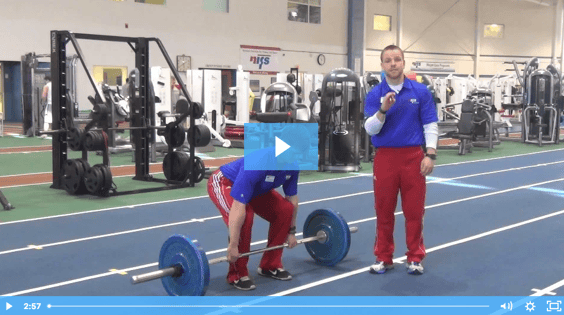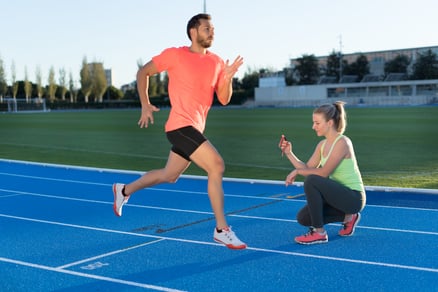 In a world where people want results in an instant and take drastic measures to achieve those results as fast as possible, developing strength, power and athleticism in a long-term aspect is often overlooked. For any fitness-related result or outcome, improvements take time. Fat loss, overall strength and/or power in any particular lift, speed, and agility are all seeds that needed to be watered for a while before noticeable and permanent changes are evident.
In a world where people want results in an instant and take drastic measures to achieve those results as fast as possible, developing strength, power and athleticism in a long-term aspect is often overlooked. For any fitness-related result or outcome, improvements take time. Fat loss, overall strength and/or power in any particular lift, speed, and agility are all seeds that needed to be watered for a while before noticeable and permanent changes are evident.
In an athletic realm, this leads to the importance of the “testing” process and the use of that process over the course of months, semesters, and years. As a young athlete or athlete fresh out of high school entering the college world of sports and strength and conditioning, this is how you monitor your success and validate that the training and improvements you are making are the things that are actually working. Numbers do not lie. If your times in specific agility drills or weights have increased in certain lifts, obviously you have made improvements. If those numbers have not changed or have decreased, you need to address methods of training or overall compliance/intensity with the program.
Below are five performance tests that measure multiple aspects of your overall athletic profile.
40-Yard Dash
The 40-yard dash, or “40,” is one of the most common drills we use to measure straight-line speed. Sure, many sports are played in a multidirectional way, but overall top speed is an important puzzle piece. Setting up and performing this drill is relatively simple; however, you may need two people to help with the timing.
First, set up two cones exactly 40 yards apart. From here, go to the starting line and sprint from start to finish. The clock or stopwatch should start on your very first movement from the starting line and stop when your body crosses the finish line.
5-10-5 Shuttle
The shuttle run is one of my personal favorites. It allows you to see an athlete’s explosiveness and change-of-direction skills. With lateral movements being so important in many sports, this gives you a good idea of where an athlete stands. To set up the 5-10-5 Shuttle, you need three cones spaced out evenly at 5 yards apart. The athlete starts at the middle cone with their hand on the ground. They run to the right or left cone and touch the ground (5 yards), across the whole setup and touch the ground (10 yards), and sprint through the middle cone (5 yards). Timing of this test starts when the athlete’s hand raises up from the ground and finishes when they cross the middle cone.
Vertical/Broad Jump
Jumping ability is another “power” aspect that translates very well into success on the field or court. The vertical jump test is generally performed with a Vertec, or a piece of equipment where you stand underneath and jump to touch as many of the rings overhead as you can. Other than obtaining the Vertec, the test is fairly simple. First, you want to measure your standing reach, or simply the height that you can reach with your arm outstretched overhead. As I mentioned before, you jump and hit as many of the rings on the Vertec as you can. When the maximal height has been reached, you subtract the standing reach number to get the vertical jump height.
Another great way to measure power would be with the standing broad jump. For this, all you need is a tape measure that is on the floor with a starting line for the athlete. To perform, the athlete starts behind the starting line and jumps out as far as possible and lands under control. The length of the broad jump is measured wherever the back of the athlete’s shoe lands.
Bench/Squat/Trap Bar Deadlift
In the preceding sections we looked at sprint and jump measurements, but we can’t leave out our strength numbers. Like the great Louie Simmons of Westside Barbell said, “Weak things break.” Truer words have never been spoken. Because of this, we want to measure those strength gains with every opportunity that we have. For me, my main three strength lifts that I measure are the bench press, the squat (front squat or back squat, depending on the athlete), and trap bar deadlift. These are three main staples in my programming and I always want to see if the way that I’m implementing them in workouts is yielding the best results.
These may look a little different for you. You may choose DB Bench Press, Pull-Ups, Farmer’s Carries, or something similar. My recommendation is to be sure that whatever you are testing are things that you are continually working on. It’s tough to test a back squat if you haven’t back squatted in 8–10 weeks.
Overall, the moral of the story is testing to see whether what you are doing is helping you achieve your goals is vital. Without testing you are just guessing. Remember, numbers do not lie!

his blog was written by Alex Soller, Athletic Performance Coach and NIFS trainer. To find out more about the NIFS bloggers, click here.
 As we get into the season of gratitude, it’s the perfect time to think about how we can strengthen our bodies and minds. This November, we’re super excited to kick off the holiday season with a Planksgiving Challenge! Whether you’re a fitness pro or just starting out, planks are a fantastic way to build your core strength, improve posture, and up your overall fitness game.
As we get into the season of gratitude, it’s the perfect time to think about how we can strengthen our bodies and minds. This November, we’re super excited to kick off the holiday season with a Planksgiving Challenge! Whether you’re a fitness pro or just starting out, planks are a fantastic way to build your core strength, improve posture, and up your overall fitness game.

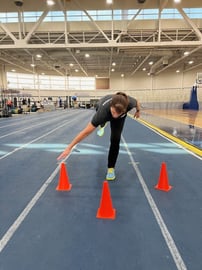
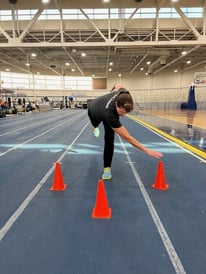
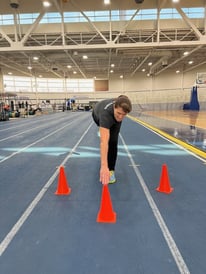
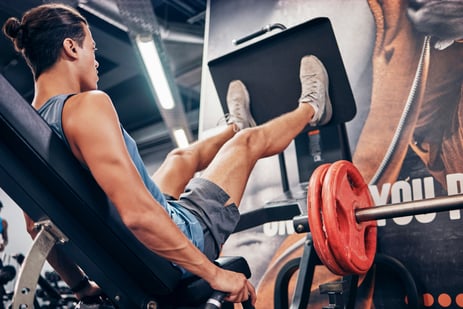 Conjugate training is a term coined and expanded upon by the late, great Louie Simmons, a well-known strength coach at
Conjugate training is a term coined and expanded upon by the late, great Louie Simmons, a well-known strength coach at 
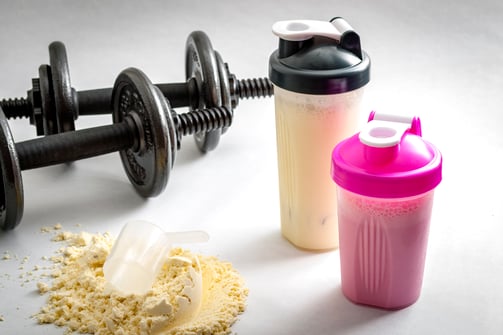 Thousands of sports nutrition supplements are touted to improve strength, endurance, and a variety of other athletic factors. But do they work and are they necessary? Below are some of the most common supplements advertised for athletes, as well as what they do, how well they work, and how much is safe to supplement. It’s important to note that you should always consult your physician or a registered dietitian specializing in sports medicine before starting any new supplement.
Thousands of sports nutrition supplements are touted to improve strength, endurance, and a variety of other athletic factors. But do they work and are they necessary? Below are some of the most common supplements advertised for athletes, as well as what they do, how well they work, and how much is safe to supplement. It’s important to note that you should always consult your physician or a registered dietitian specializing in sports medicine before starting any new supplement.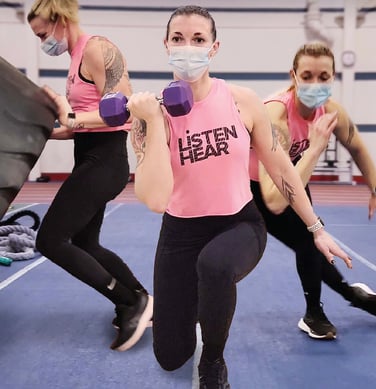 With the world now instantly accessible through technology, it’s easy to understand why a growing number of people expect things to be done in a shorter amount of time. Like many others, I’m a big fan of things that are fast and effective, and that includes my workouts. High-intensity circuit training does just that by providing an effective and convenient way to increase exercise results in less time.
With the world now instantly accessible through technology, it’s easy to understand why a growing number of people expect things to be done in a shorter amount of time. Like many others, I’m a big fan of things that are fast and effective, and that includes my workouts. High-intensity circuit training does just that by providing an effective and convenient way to increase exercise results in less time. 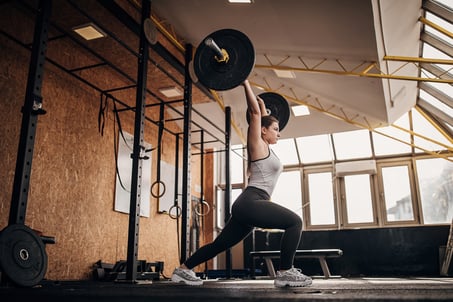 The first thought that comes into most people’s heads when they hear the word weightlifting is, more times than not, “bulky.” The perception is that heavy weightlifting will cause an undesired large gain of muscle mass. This is true; weightlifting will cause you to put on muscle mass, but it will take a lot more than just lifting weights to be “bulky.” Please do not let your goals steer you away from certain exercises.
The first thought that comes into most people’s heads when they hear the word weightlifting is, more times than not, “bulky.” The perception is that heavy weightlifting will cause an undesired large gain of muscle mass. This is true; weightlifting will cause you to put on muscle mass, but it will take a lot more than just lifting weights to be “bulky.” Please do not let your goals steer you away from certain exercises.
 In a world where people want results in an instant and take drastic measures to achieve those results as fast as possible, developing strength, power and athleticism in a long-term aspect is often overlooked. For any fitness-related result or outcome, improvements take time. Fat loss, overall strength and/or power in any particular lift, speed, and agility are all seeds that needed to be watered for a while before noticeable and permanent changes are evident.
In a world where people want results in an instant and take drastic measures to achieve those results as fast as possible, developing strength, power and athleticism in a long-term aspect is often overlooked. For any fitness-related result or outcome, improvements take time. Fat loss, overall strength and/or power in any particular lift, speed, and agility are all seeds that needed to be watered for a while before noticeable and permanent changes are evident.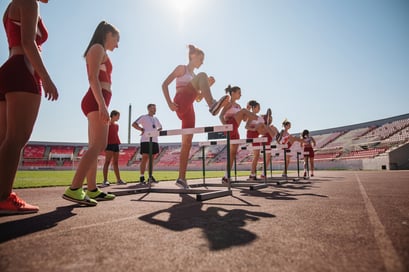 I wish I had a dollar for every time a coach has said to me, “That athlete has stiff hips,” or “That athlete folds over at the waist,” etc. So how do I help an inefficient athlete with stiff hips? I use simple hurdle stretches that train my athletes to bend.
I wish I had a dollar for every time a coach has said to me, “That athlete has stiff hips,” or “That athlete folds over at the waist,” etc. So how do I help an inefficient athlete with stiff hips? I use simple hurdle stretches that train my athletes to bend.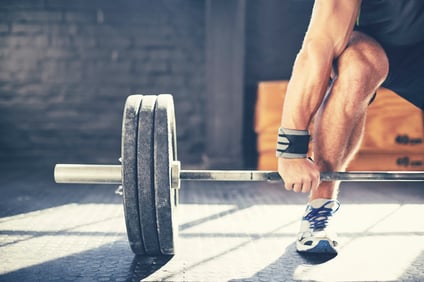 With the sport of powerlifting taking off in the last couple of years, more and more people are taking up the sport as a hobby and to improve their overall fitness levels. Training to improve strength in the squat, bench, and deadlift is a great way to improve total body strength and improve body composition.
With the sport of powerlifting taking off in the last couple of years, more and more people are taking up the sport as a hobby and to improve their overall fitness levels. Training to improve strength in the squat, bench, and deadlift is a great way to improve total body strength and improve body composition. 